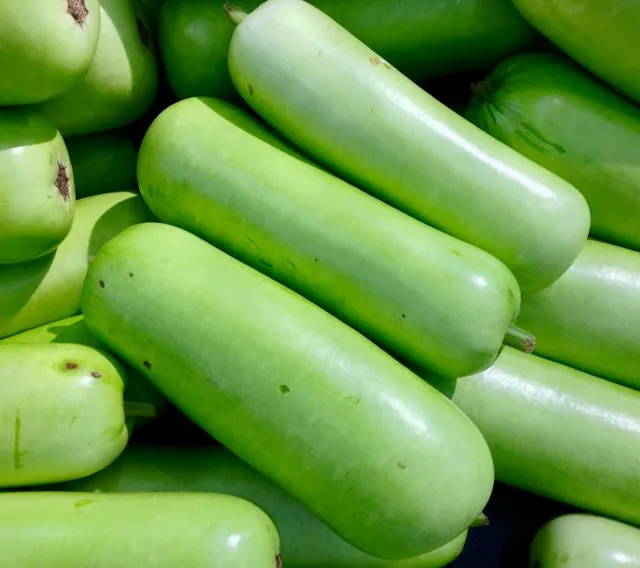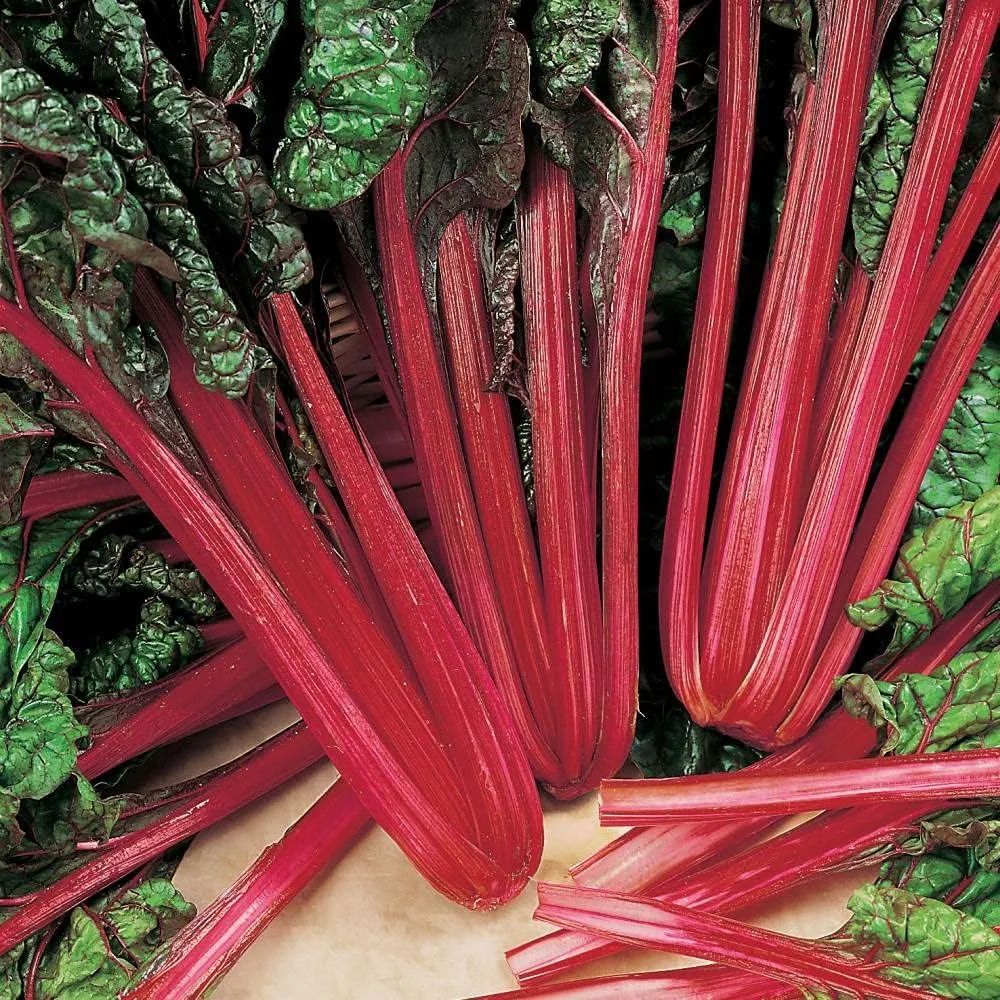Table of Contents
Pumpkins: A Global Staple from Field to Table – Comprehensive Guide
1. Introduction
Pumpkins (Cucurbita pepo and related species) are versatile gourds celebrated for their culinary, decorative, and agricultural value. Originating in the Americas, they now thrive globally, offering nutritional benefits, economic opportunities, and cultural significance.
2. Global Varieties
Pumpkins vary widely in size, color, and flavor:
- Sugar Pie: Small, sweet, and dense flesh (ideal for pies).
- Jack-o’-Lantern: Large, hollow, mild flavor (carving and decoration).
- Cinderella (Rouge Vif d’Etampes): Red-orange, flattened shape; popular in French cuisine.
- Kabocha (Japanese Pumpkin): Green skin, nutty-sweet flesh (used in soups and tempura).
- Butternut Squash: Technically a squash, but often grouped with pumpkins; creamy and sweet.
3. Taste & Culinary Uses
- Flavor: Ranges from sweet (Sugar Pie) to earthy (Kabocha).
- Usage:
- Savory Dishes: Soups, stews, risottos, and roasted vegetables.
- Baking: Pies, muffins, breads, and cakes.
- Decorative: Carved for Halloween.
- Seeds: Roasted as snacks or pressed into oil.
4. Nutrition & Health Benefits
- Nutritional Profile (per 100g cooked):
- Calories: 26 | Fiber: 1g | Vitamin A: 170% DV | Vitamin C: 11% DV | Potassium: 7% DV.
- Glycemic Index (GI): 75 (high when cooked, but balanced by fiber).
- Health Benefits:
- Eye Health: Beta-carotene supports vision.
- Immune Boost: Vitamin C and antioxidants.
- Heart Health: Potassium regulates blood pressure.
- Seeds: High in magnesium, zinc, and protein.
5. Cultivation Practices
- Climate: Warm, frost-free growing season (75–100 days); optimal temperatures 18–27°C.
- Soil: Well-drained, fertile soil (pH 6.0–6.8).
- Pollination: Bees are primary pollinators; hand-pollination may be necessary.
- Harvest: When rinds harden and stems dry (typically autumn).
6. Byproducts & Processing
- Canned Pumpkin: Puree for pies and soups (major product in the USA).
- Pumpkin Seeds (Pepitas): Roasted snacks or cold-pressed oil.
- Animal Feed: Excess or misshapen pumpkins.
- Flour: Dried and ground pumpkin for gluten-free baking.
7. Storage & Preservation
- Whole Pumpkins: Store in cool, dry places (10–15°C) for up to 3 months.
- Cut Pumpkin: Refrigerate for 5–7 days.
- Freezing: Blanch chunks or puree and freeze in airtight containers (6–12 months).
8. Cooking & Baking
- Quick Recipes:
- Roasted Pumpkin: Toss chunks with olive oil, salt, and rosemary; roast at 200°C for 25 mins.
- Pumpkin Soup: Simmer puree with onion, garlic, coconut milk, and curry powder.
- Desserts:
- Classic Pumpkin Pie: Puree mixed with eggs, cream, and spices; baked in a crust.
- Pumpkin Cheesecake: Spiced pumpkin swirled into cream cheese filling.
9. Major Producers & Trade
- Top Producers:
- USA (Illinois leads in processing pumpkins).
- China (largest overall production).
- Mexico (exports to the USA and Canada).
- India (local consumption and seeds).
- Exporters: USA, Mexico, Spain.
- Importers: Canada, EU nations (UK, Germany), Japan.
10. Pests & Challenges
- Common Pests:
- Squash Vine Borers: Larvae tunnel into stems.
- Powdery Mildew: Fungal disease affecting leaves.
- Cucumber Beetles: Spread bacterial wilt.
- Solutions: Crop rotation, neem oil, resistant varieties.
11. Return on Investment (ROI)
- Costs:
- Land & Labor: $1,000–$3,000/acre (seeds, irrigation, pest control).
- Processing: Additional costs for canning or seed extraction.
- Revenue:
- Fresh pumpkins: $0.20–$0.50/lb.
- Processed products: Canned puree ($2–$4 per can), seeds ($5–$10/lb).
- Profitability: Higher margins for organic or specialty products (e.g., heirloom varieties).
12. Sustainability & Trends
- Zero Waste: Using flesh, seeds, and rind (compost or animal feed).
- Agritourism: Pumpkin patches and festivals boost local economies.
Conclusion
Pumpkins are a cornerstone of autumn traditions and global agriculture, offering versatility in the kitchen and resilience in the field. From the iconic Jack-o’-Lantern to nutrient-rich soups and pies, their appeal spans cultures and cuisines. As demand grows for plant-based foods and sustainable practices, pumpkins continue to carve out a vital role in food systems worldwide.
Pro Tip: Toast pumpkin seeds with cinnamon and honey for a sweet-spicy snack!
Celebrate the pumpkin – a symbol of harvest, health, and heritage. 🎃🌍









